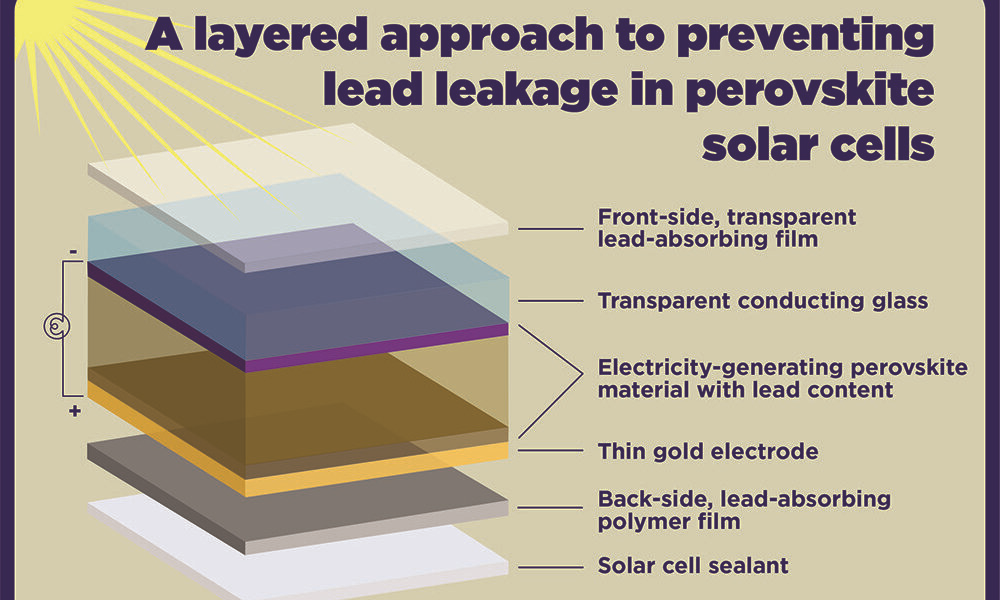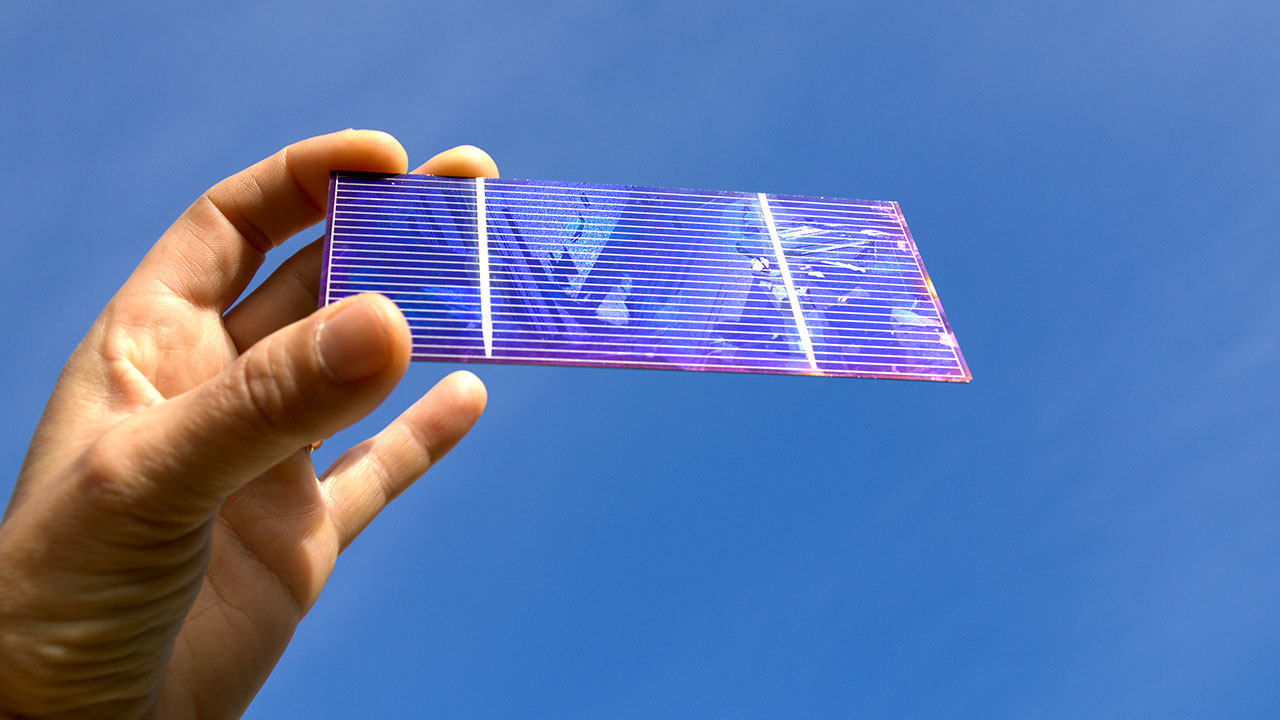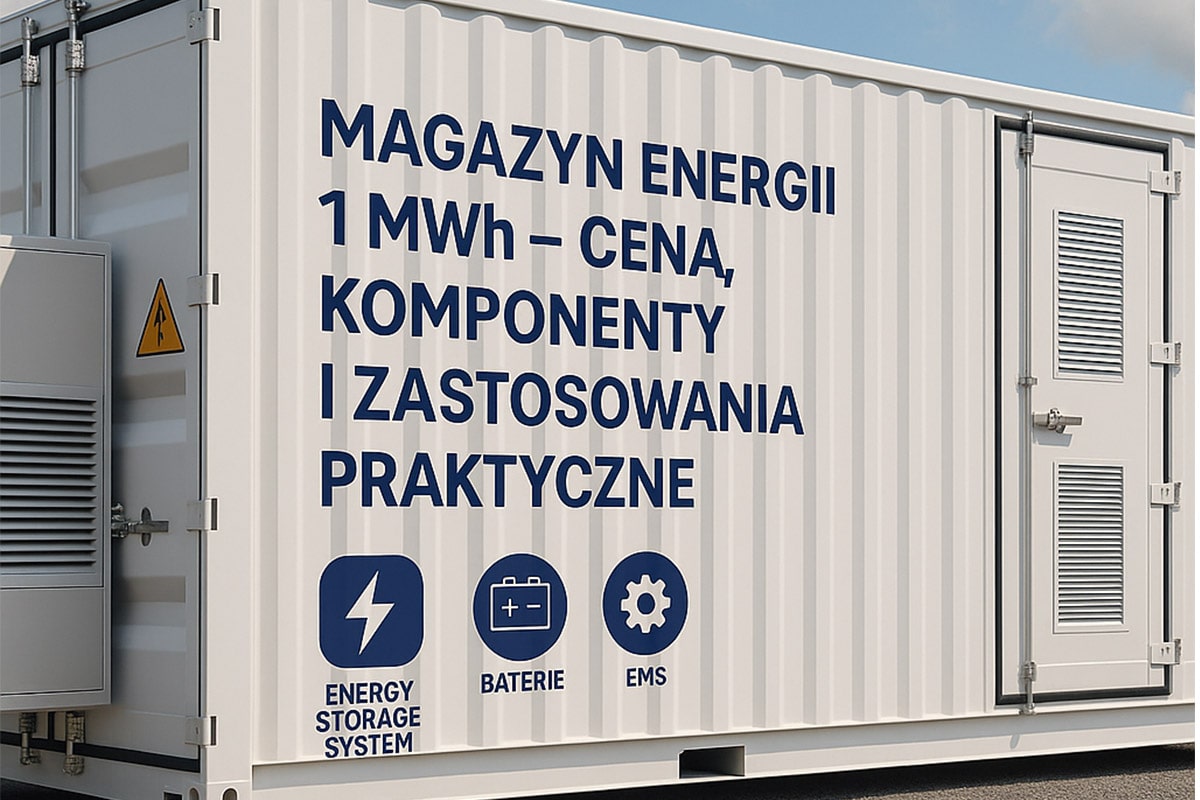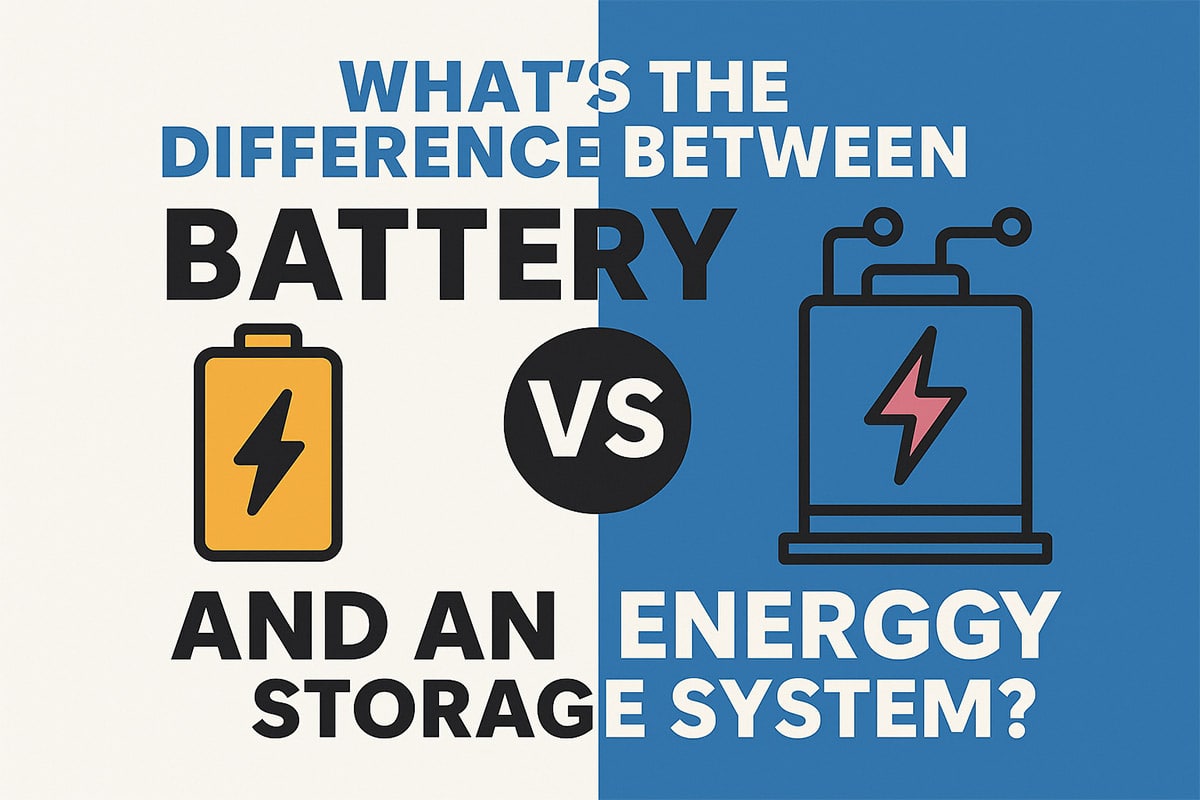Development Status and Suggestions of Perovskite Photovoltaic Technology
Development Status and Suggestions of Perovskite Photovoltaic Technology
As an emerging third-generation photovoltaic technology, perovskite solar cells have increased their photoelectric conversion efficiency from 3.8% to 25.7% in just over ten years since their launch in 2009. As the efficiency of crystalline silicon solar cells gradually approaches the theoretical limit, high-efficiency, low-cost perovskite cells have attracted more and more attention from the global photovoltaic industry. While the academic research continues to be carried out in depth, the industrialization technology of perovskite photovoltaics has also made continuous breakthroughs. As the world’s largest photovoltaic country, my country has long maintained a leading position in the field of crystalline silicon photovoltaics; and in the emerging field of perovskite photovoltaics, it is at the same starting line as other countries. In order to promote my country to establish a first-mover advantage in the initial stage of perovskite photovoltaic industrialization, it is necessary to coordinate the multi-terminal efforts of “government, industry, university, research and application”, introduce a variety of advanced technologies to improve the mass production level of perovskite photovoltaics, accelerate the development of demonstration and demonstration applications, and timely Construct a perovskite photovoltaic standard system to ensure that the industrialization process of perovskite photovoltaic technology is fully independent and sustainable.

1. Development Status of Perovskite Photovoltaic Technology
Perovskite solar cells use perovskite-structured halides as light-absorbing layer materials, which have the characteristics of adjustable band gap, high light absorption coefficient, low temperature coefficient, thinness and flexibility, and are currently the most promising new type of large-scale application. Solar battery. After more than ten years of research, the basic principles, material formulations, and performance optimization paths of perovskite photovoltaics have gradually taken shape. At the same time, the mass production process of crystalline silicon photovoltaic cells and modules and the full localization of production line equipment provide a leading reference for the industrialization of perovskite photovoltaic technology. In recent years, R&D teams from universities and scientific research institutes and cell, module and equipment manufacturers in the field of crystalline silicon photovoltaics have invested in the research and development of perovskite photovoltaic technology. Significant progress has been made in photovoltaic modules and perovskite module production equipment.
(1) Research status of perovskite solar cells
High efficiency is the most compelling advantage of perovskite solar cells. The theoretical limit efficiency of perovskite cells is 33%, much higher than 29.4% of crystalline silicon cells. By optimizing the components, microstructure, and preparation process of the battery, the efficiency of perovskite batteries prepared in the laboratory has repeatedly hit new highs. In July 2022, the perovskite battery developed by the Institute of Semiconductors of the Chinese Academy of Sciences obtained a certified efficiency of 25.6%, second only to the world’s highest efficiency record of 25.7% created by the Ulsan National Institute of Science and Technology (UNIST) in South Korea in 2021.
The spectral response range of perovskite batteries is 300-800 nanometers, that is, the visible light band, while crystalline silicon batteries, copper indium gallium selenide (CIGS) batteries, etc. can absorb and utilize infrared light. Therefore, combining perovskite cells with crystalline silicon, CIGS and other cells to form a laminated cell can make full use of the light in each band and obtain higher photoelectric conversion efficiency. The perovskite cell itself can also change the absorption range of light by adjusting the band gap. Combining wide-bandgap and narrow-bandgap perovskite cells into stacked cells, the photoelectric conversion efficiency can be significantly improved. In June 2022, Nanjing University developed a perovskite/perovskite stack battery with an efficiency of 28.0%, setting a new world record.
Flexible perovskite batteries and indoor perovskite batteries suitable for applications such as buildings, portable devices, and consumer goods are also current research hotspots. The highest efficiency of the flexible perovskite battery developed by Tsinghua University is 23.6%, setting a new world record; currently the world’s highest efficiency of indoor perovskite battery is maintained by Shaanxi Normal University. Under the indoor light of 824.5 lux, the battery efficiency is as high as 40.1 %.
my country’s research on perovskite solar cells is developing at the same pace as the world, and several research teams are at the world’s first-class level. The fruitful results of laboratory research have provided sufficient theoretical guidance for the industrialization of perovskite photovoltaics in my country. The academia and industry have carried out in-depth cooperation to continuously promote the transformation of laboratory research results into vector production technology.
(2) Development status of perovskite photovoltaic module technology
Perovskite photovoltaic modules are thin-film modules, which are made by sequentially depositing various layers of thin films of perovskite cells on glass and encapsulating them. The hole transport layer, electron transport layer, counter electrode and other thin films in the battery are usually prepared by vacuum deposition method, while the preparation process of perovskite absorption layer is divided into wet method and dry method. The typical wet process, such as the slit coating method, has a relatively simple equipment structure and is easy to widen the coating area of the battery film from the millimeter level prepared in the laboratory to tens of centimeters, so it is currently used by most of the test production lines. However, considering that increasing the module area will put forward higher requirements on film quality, dry processes such as vacuum evaporation may be more suitable for mass production lines of large-area modules with a width of more than one meter.
Due to the difficulty in quality control of large-area thin films, the larger the area of the perovskite component, the greater the drop in efficiency. At present, the efficiency of small modules of tens of square centimeters can reach more than 20%, the efficiency of modules of hundreds of square centimeters can reach 18%, while the efficiency of modules larger than 0.1 square meters is only about 16%. It can be seen that the efficiency of large-scale perovskite components suitable for large-scale applications still needs to be improved.
The perovskite component production lines that have been preliminarily completed and under construction are all test lines of 100 megawatts or below, and the perovskite absorbing layer film is coated by wet method. Based on production line conditions similar to mass production, the material formula, production process, and product specification design of components are expected to be quickly optimized.
The main difference between perovskite/crystalline silicon stacked components and conventional perovskite components is that the perovskite cell film is not deposited directly on the entire glass, but on the crystalline silicon cell. On the one hand, the smaller film area reduces the size requirements for film deposition equipment, and the coupling with the crystalline silicon cell production line also helps to reduce production costs; on the other hand, perovskite cells need to be bonded with crystalline silicon cells gap matching, the battery design is more difficult. At present, the highest efficiency of 20 square centimeter perovskite/crystalline silicon laminated modules prepared in the laboratory is 26.63%, but no pilot line of perovskite laminated modules has been completed and put into production.
In addition, based on the light, thin and translucent characteristics of perovskite batteries, some research institutions and manufacturers are developing flexible and colored components. These special components are expected to be applied in wearable devices, construction and other scenarios.

2. Challenges faced by the industrialization of perovskite photovoltaics
(1) The stability of perovskite batteries in long-term service
The stability issue of perovskite solar cells is the primary challenge for practical applications. Under the stimulation of external conditions such as water vapor, high temperature, and ultraviolet radiation, perovskite batteries are prone to degradation and their performance is seriously attenuated. There are two main measures to improve the stability of perovskite batteries. One is to optimize the components and microstructure of the battery itself, and the other is to optimize the packaging materials and packaging processes of perovskite photovoltaic modules.
Some manufacturers have announced that the trial-produced module products have passed the module stability test conducted in accordance with international standards recognized by the photovoltaic industry such as IEC 61215, and based on this, it is speculated that the service life of perovskite modules is equivalent to that of crystalline silicon modules, which can ensure the service life of 25 years. After a year, the power generation efficiency remains above 80% of the initial value. However, considering that perovskite components have not yet been mass-produced and applied, their stability in actual service environments such as high temperature, high humidity, and high salt spray remains to be tested.
(2) Efficiency and quality issues of large-area perovskite components
The efficiency and quality of large-area perovskite components are low, mainly due to the limited equipment and process level of large-area thin film deposition. Different from the mode of connecting multiple small-area cells in series and parallel in the crystalline silicon module, the coating area of the perovskite module reaches the square meter level. At present, there is a gap between the large-area uniform and continuous coating performance of domestic vacuum coating equipment and the international advanced level. In addition, the process debugging on the large-area coating production line is also relatively difficult.
(3) Short board problems of key components of photovoltaic production line equipment
After years of rapid development, my country’s photovoltaic industry has basically realized the localization of the entire production line of equipment, but some key components of the equipment still rely on imports. For example, vacuum pumps, radio frequency power supplies, valves, etc. in vacuum coating equipment, lasers, vibrating mirrors, etc. in laser etching equipment, have a large gap with international mainstream manufacturers in terms of technical indicators and quality reliability. Although my country’s photovoltaic production line equipment manufacturers have been involved in the development of perovskite module production equipment earlier, and have achieved preliminary results, so that my country’s perovskite module small test, pilot test, and mass production lines have always maintained a high degree of localization, but The shortcomings of key components also exist in the perovskite module production line, which may become a “stuck neck” link in my country’s perovskite photovoltaic industry chain.
3. Proposals to promote the industrialization of perovskite photovoltaics
(1) Effectively play the guiding role of the government
Perovskite photovoltaic technology, as a new generation of photovoltaic technology with the most promising large-scale application prospects, has gained the attention of national energy and technology authorities, academia, industry and various investment entities. However, there are hype concepts and blindly following the trend in the current market, which may have a negative impact on the solid advancement of the industrialization of perovskite photovoltaic technology.
In order to promote the efficient and orderly industrialization of perovskite photovoltaic technology, the regulatory and guiding role of the national energy and science and technology authorities should be fully utilized to formulate technical indicators and introduce incentive policies; establish a “government-industry-university-research-application” coordination mechanism to encourage various Various technical routes, various R&D and market entities widely participate in the industrialization process of perovskite photovoltaic technology; adhere to the concept of openness and cooperation, guide the domestic and international two-way flow of technology, talents, capital, etc., and insist on “inviting in” and “going out”. Pay equal attention to actively create a comprehensive and deeply integrated international industry ecology; encourage state-owned capital to support the industrialization of perovskite photovoltaic technology in various forms, and guide the healthy development of the industry through market means.
Local governments at all levels should earnestly implement national policy requirements such as the “14th Five-Year Plan for Scientific and Technological Innovation in the Energy Field” and “Science and Technology Support Carbon Peak Carbon Neutrality Implementation Plan (2022-2030)” to formulate and promote the industrialization of perovskite photovoltaics Specific plans and incentive policies, follow the principles of science, pragmatism, and rigor, and promote the healthy development of perovskite photovoltaic industry chain links suitable for this region.
(3) Accelerate the demonstration and demonstration application of perovskite photovoltaic products
Potential risks such as instability and toxic metal leakage of perovskite photovoltaic modules will hinder its large-scale application. Therefore, it is necessary to find out its actual service performance and safety through a large number of empirical tests and demonstration applications as soon as possible, so as to accurately assess its application risk and provide scientific support for its promotion and application.
The smooth development of demonstration and demonstration applications of perovskite photovoltaic products requires the cooperation of user units and power grid enterprises with perovskite photovoltaic product manufacturers, photovoltaic system equipment manufacturers, testing and certification units, design and construction units, etc., to open up all aspects of project implementation , to create an open and inclusive application environment.
(4) Construct a standard system for perovskite photovoltaic technology in a timely manner, and actively strive to master the right to speak in international standards
In order to ensure that the production and application technology of perovskite photovoltaic products is standardized, systematic, scalable and compatible with the existing photovoltaic application technology system, a standard system should be established simultaneously in the process of perovskite photovoltaic industrialization. The construction of the perovskite photovoltaic standard system should be based on the current photovoltaic technology standard system, face the application requirements, fully reflect the characteristics of the production and application of perovskite photovoltaic products, and take into account the continuous development and change of perovskite photovoltaic technology. According to the actual situation, both standardization and flexibility should be taken into consideration.
The establishment of the current photovoltaic international standard system originated in the 1980s. my country’s crystalline silicon photovoltaic industry, as a rising star, developed under the framework of the existing international standard system, and made little original contributions in the formulation of international standards. The participation in international standard organizations is relatively low, and the right to speak is weak. In the field of perovskite photovoltaics, my country’s research level is comparable to that of the world, and the industrialization progress and scale have a slight advantage. Therefore, we should seize the opportunity to actively support my country’s perovskite photovoltaic field, especially technical experts on the front line of industrialization. The International Photovoltaic Standards Organization is deeply involved in the formulation of perovskite photovoltaic standards, and strives for a greater voice in the international standard system, thereby enhancing the international competitiveness of my country’s perovskite photovoltaic industry.













